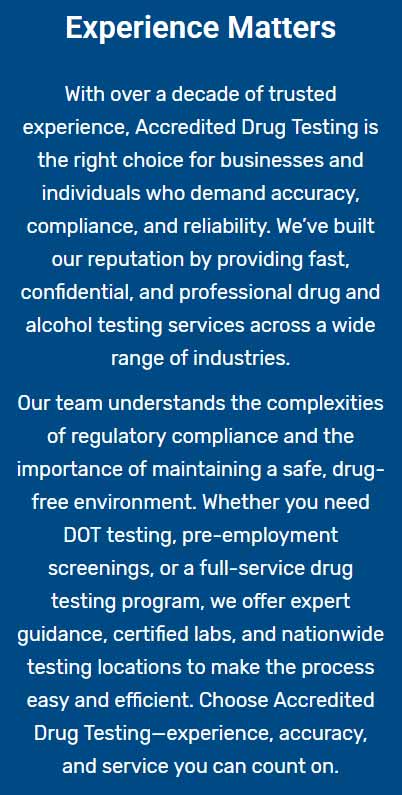What it is, How it works
Hair analysis has evolved into an effective method for identifying drug and alcohol consumption. Hair strands preserve a prolonged record of alcohol and drug exposure by encapsulating biomarkers within the fibers of the developing strand. When collected close to the scalp, hair can offer a detection span of up to three months for alcohol and other substances. Hair collection is straightforward, relatively tamper-resistant, and convenient to transport.
Collecting a 1.5-inch sample of about 200 strands of hair (roughly the thickness of a #2 pencil) near the scalp provides 100mg of hair, which is ideal for screening and confirmatory testing. For EtG analysis, add-ons, and tests exceeding 10 panels, a 150mg sample is preferred. We suggest using a jeweler's scale for weighing the sample. If scalp hair cannot be obtained, an equivalent amount of body hair is acceptable. Reference to head hair pertains to scalp hair exclusively, while body hair encompasses all other types (such as facial, axillary, etc.).
Process Overview
There are four key stages in processing a drug test result in the laboratory: Accessioning, Screening, Extraction, and Confirmation.
Accessioning involves the initial intake of a sample into a laboratory's system, which includes verifying that the sample has been sealed and dispatched correctly, assigning a Laboratory Accessioning Number (LAN), and completing any additional data input not included in the electronic chain of custody system.
Screening consists of an initial rapid assessment for substances of abuse. Though cost-effective for excluding drug use in most samples, a positive screen necessitates verification for legal admissibility. Samples presumptively positive in Screening need secondary confirmation.
If Screening results in a presumptive positive, more hair is extracted from the original sample and prepared for Extraction. Here, substances are extracted from hair at much lower concentrations than with other methods (e.g., urine or oral fluid), making hair drug screening the most challenging method to implement.
Confirmation of positive screening results is performed using GC/MS, GC/MS/MS, or LC/MS/MS. Presumptive positive samples are washed prior to confirmation as necessary. The entire process from Accessioning to Confirmation is conducted under the CAP (College of American Pathologists) Hair designation and accredited to ISO / IEC 17025 standards.
Advantages of hair drug testing:
- Extended detection period: Hair drug tests detect drug use for up to 90 days, unlike urine tests, which have a shorter detection time frame.
- Resistance to tampering: It is notably challenging to deceive a hair drug test, thereby enhancing result accuracy.
- Historical usage insights: Capable of showing drug use patterns over time, rather than just recent consumption.
Limitations:
- Lacks recent use detection: Drugs generally become detectable in hair after approximately 5-7 days.
- Expense: Hair drug tests typically incur higher costs than other testing methods.
- Result variability: Hair color and individual growth variations can influence the concentration of drug metabolites in hair.
Note: Often termed "hair follicle tests," the procedure focuses on analyzing the hair strand and not the follicle beneath the scalp.




